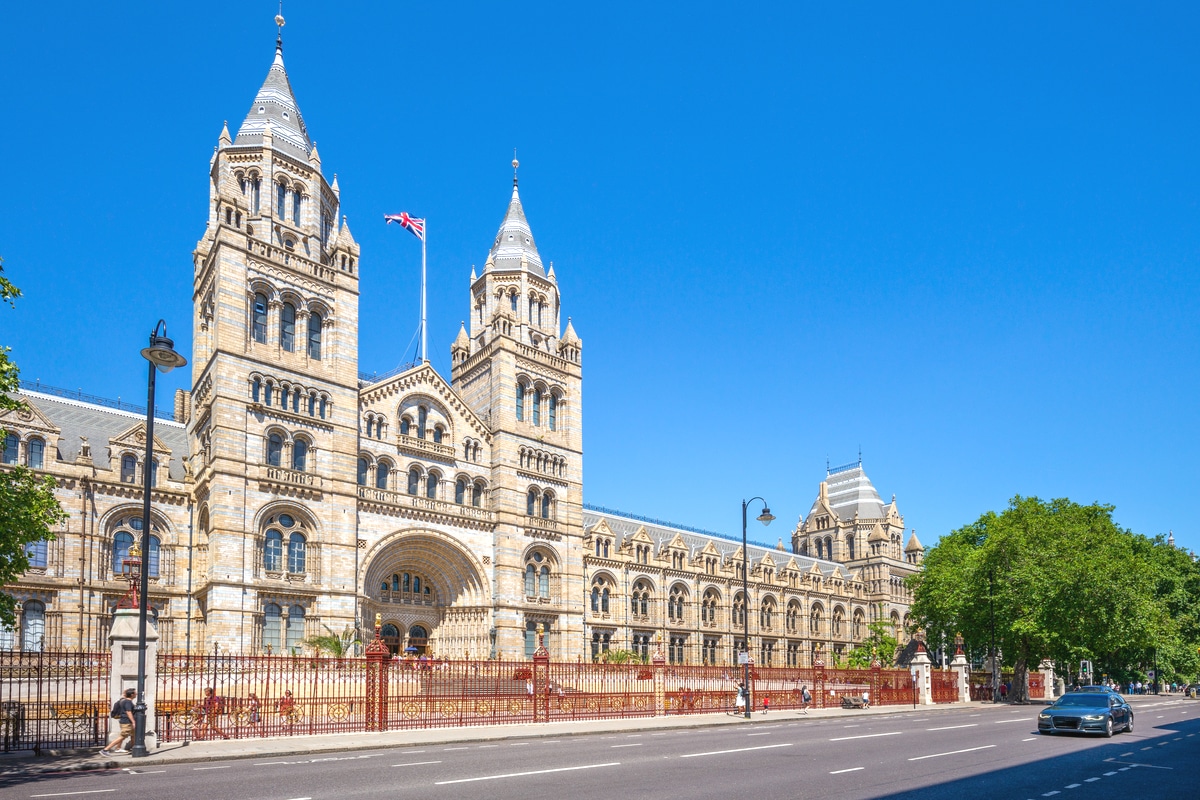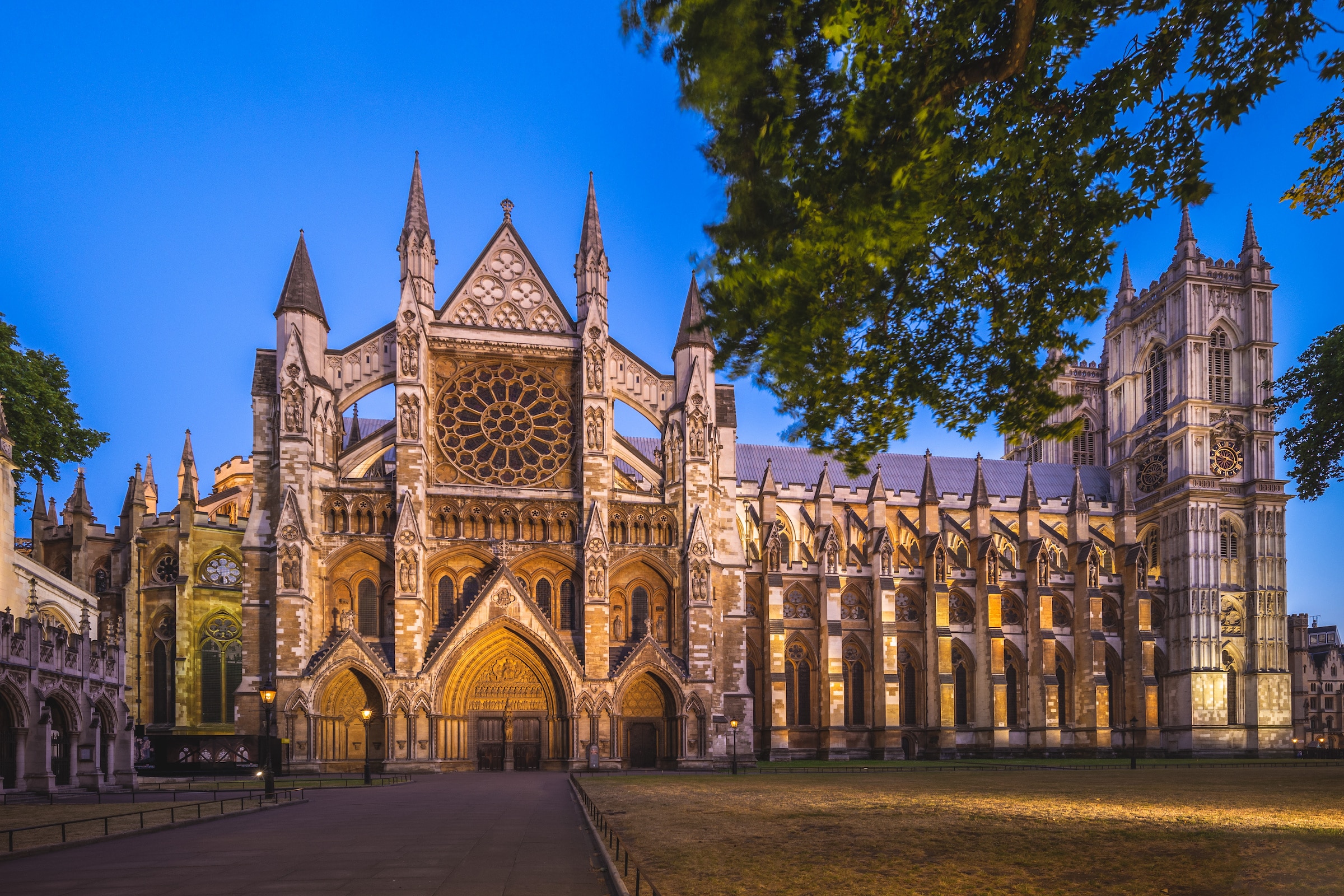- Home ›
- United Kingdom ›
- London
Natural History Museum

History of the Museum
The National History Museum traces its origins to the collection of Sir Hans Sloane, who died in 1753 and was responsible for founding the British Museum. In 1860, it was decided to present the natural history exhibits in a separate exhibition, and so the Natural History Museum was opened in Kensington in 1881. The building on Cromwell Road, which is well worth seeing, was built in the Romanesque style and designed by Alfred Waterhouse. Among others, Charles Darwin and Joseph Banks, who accompanied James Cook on his travels, ensured a permanent expansion of the collection. The popular museum now houses more than 70 million exhibits.
Four zones for visitors
The museum is divided into a total of four zones: The Blue Zone is home to a dinosaur exhibit. Here visitors will encounter, among other things, a roaring T-Rex that moves thanks to state-of-the-art technology. In addition, this zone is dedicated to the biology of humans and mammals. A simulation shows how a baby feels in the womb. In the Green Zone, visitors encounter all kinds of creepy-crawlies. Among other things, a giant model of a scorpion is on display and guests learn interesting facts about the evolution of species. The National History Museum's Red Zone focuses on Earth's history and geology, while the Orange Zone features information about the work of naturalists. Simulations of volcanic eruptions and earthquakes make the museum visit never boring.
Overnight party in the museum
Numerous temporary exhibitions round out the museum's wide range of offerings, so there is always something new to discover. The museum offers overnight parties especially for children. Here, the 8- to 11-year-olds go on the trail of the dinos.





